In these days of high prices, supply chain struggles, together with the cost of the living going through the roof, more and more thrifty bike riders are beginning to service their own bikes. Here are the top ten issues to avoid while working on your bike.
Torque it Over
Don’t apply too much tightening force to bolts on components. Lightweight parts using smaller allen key bolts, make it more important to torque the bolts to the right level. Torque tools are great for getting just the right amount of tightness. Without the risk stripping the bolt or damaging the part. Most parts recommend the amount of torque required. If in doubt check online Add extra grip fitting carbon parts with specific carbon paste.
Skinned Knuckles
The easiest way to injure yourself while completing a bike service is when tightening or loosening a firm thread such as a pedal. Before rushing in to get the job done, have a look at how you are positioned and which bit of bike might injure you, if the tool slips or frees up suddenly, and your hand follows through. Number one culprit is the drive-side pedal and the large chain-ring, as well as a potential punture wound, the often oily / dirty chainring can also make the wound hard to clean.
Post Haste
Its easy to get giddy when building a bike, but remember to add a little grease to the seatpost before fitting. It’s also worth removing and re-greasing every few months during a bike service. This should make sure it doesn’t get stuck inside the frame. If the post seizes inside the frame, you will be unable to change seat height or sell the bike (ethically…). For carbon posts in carbon frames use specific carbon assembly paste.
Pedal Hell
Avoid fitting pedals to cranks dry – with no grease. At some point the pedals will likely need to be removed and over-tightened or un-greased pedals are a complete nightmare to remove. The drive side pedal thread is a normal thread (Lefty Loosey / Righty Tighty), non-drive side is a reverse thread (Lefty Tighty / Righty Loosey). Pedals do not need to be ridiculously tight.
Headset Heaven
The good news is, bikes from around 2000 onwards tend to be fitted with headsets which are easy to adjust with basic hex (Allen) keys. The top cap can adjust the amount of compression on the headset bearings. Never tighten the top cap without first loosening the stem bolts where it attaches to the steerer tube. Once the stem bolts are loose and the stem moves freely from side to side on the fork steerer tube, the top cap can be tightened to compress the headset and remove any ‘play’. The stem bolts can then be tightened with the stem centred in the forward position.
Spoke Nicely
Truing buckled wheels is tricky if you are just starting to service your own bike. It’s not as simple as just tightening loose spokes. It is worth spending time watching online videos on basic wheel truing (such as Park Tools or GCN) before you start adjusting spoke tension. When you do start to adjust spoke tension, start with small, quarter turns with the spoke tool. To stop spoke tension ramping up and creating potential future problems, loosen the spokes opposite the tightened spoke – again stick to slight adjustments and keep checking progress.
Braking Point
On rim brake bikes, keep an eye on the wear gauge hole or groove which most manufacturers provide. Once these markers are not visible, the wheels need to be replaced. Another tell-tale sign of wheels in need of replacement is a concave braking surface. If your rims never had a wear gauge, the braking surface can be measured using vernier callipers. If the thickness is getting down towards 1mm it is time to replace the wheel or rim.
Under Pressure
Check tyre pressure regularly and during a bike service. Riding with tyres even slightly too soft, can make the going much harder than it needs to be. As well as slowing you down, low tyre pressure can wear tyres quicker and result in more punctures. Conversely, over inflated tyres can result in a harsher more uncomfortable ride. Check the side wall of your bikes tyres. If you are heavier, inflate to the upper end of the recommended pressure range, if you are lighter, inflate to the lower end of the recommended pressure range.
Wheel Connected
Make sure the quick release skewers or thru-axles are fitted properly and closed securely. This is really important and is often overlooked or taken for granted. If the skewer or axle isn’t tightly secured you risk severe injury – well worth the check. If you are running tubeless or just never puncture, there’s a good chance the wheel might not need to come out for the whole service life of the tyre. It makes sense to loosen the wheel and re-tighten now and again to reduce the chance of it seizing or becoming too hard to easily remove.
Chain Reaction
Chains come with a quick link for joining and splitting chains, these are great and make cleaning the chain easy. Keeping the chain clean and lubricated is the best way to make sure your chain has a long life. However! When cleaning the chain, it is also the ideal time to clean the cassette, chainrings and jockey wheels. If the chain is cleaned and put back on the bike with oily / dirty chainrings and jockey wheels, all the chain cleaning work will be undone very quickly. Cleaning the drive train components is the dirtiest bit of a bike service, but it’s essential to prolong service life of bike parts.

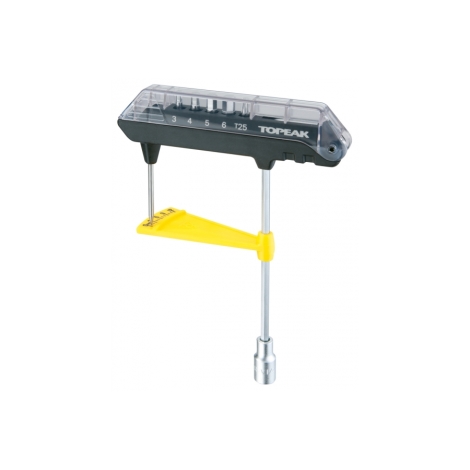
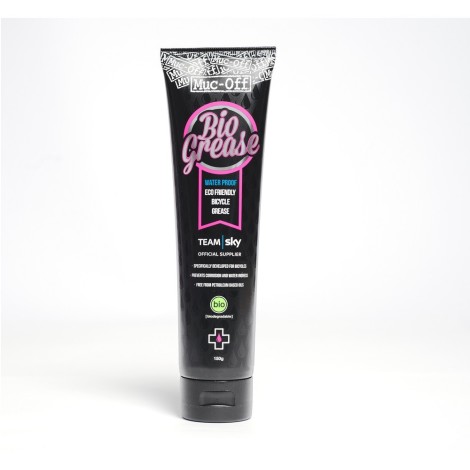
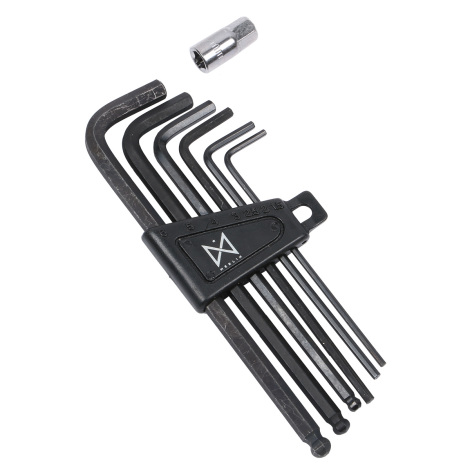
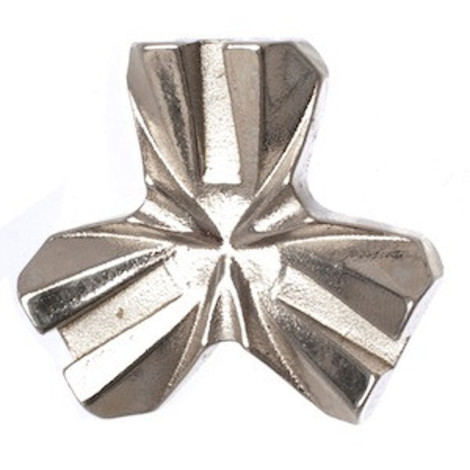
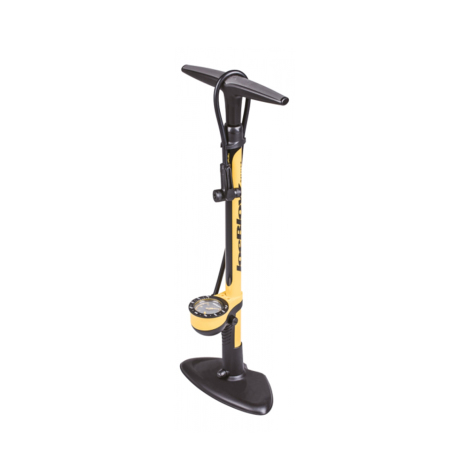
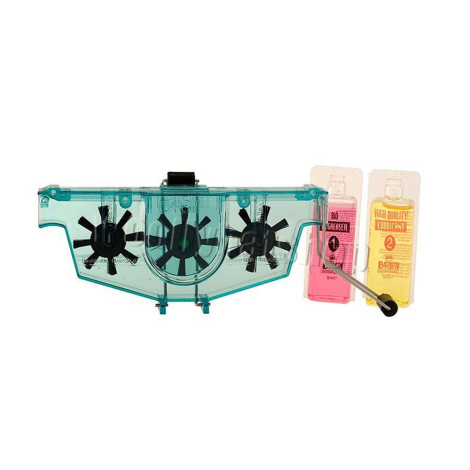
Excellent, basic, useful summary.